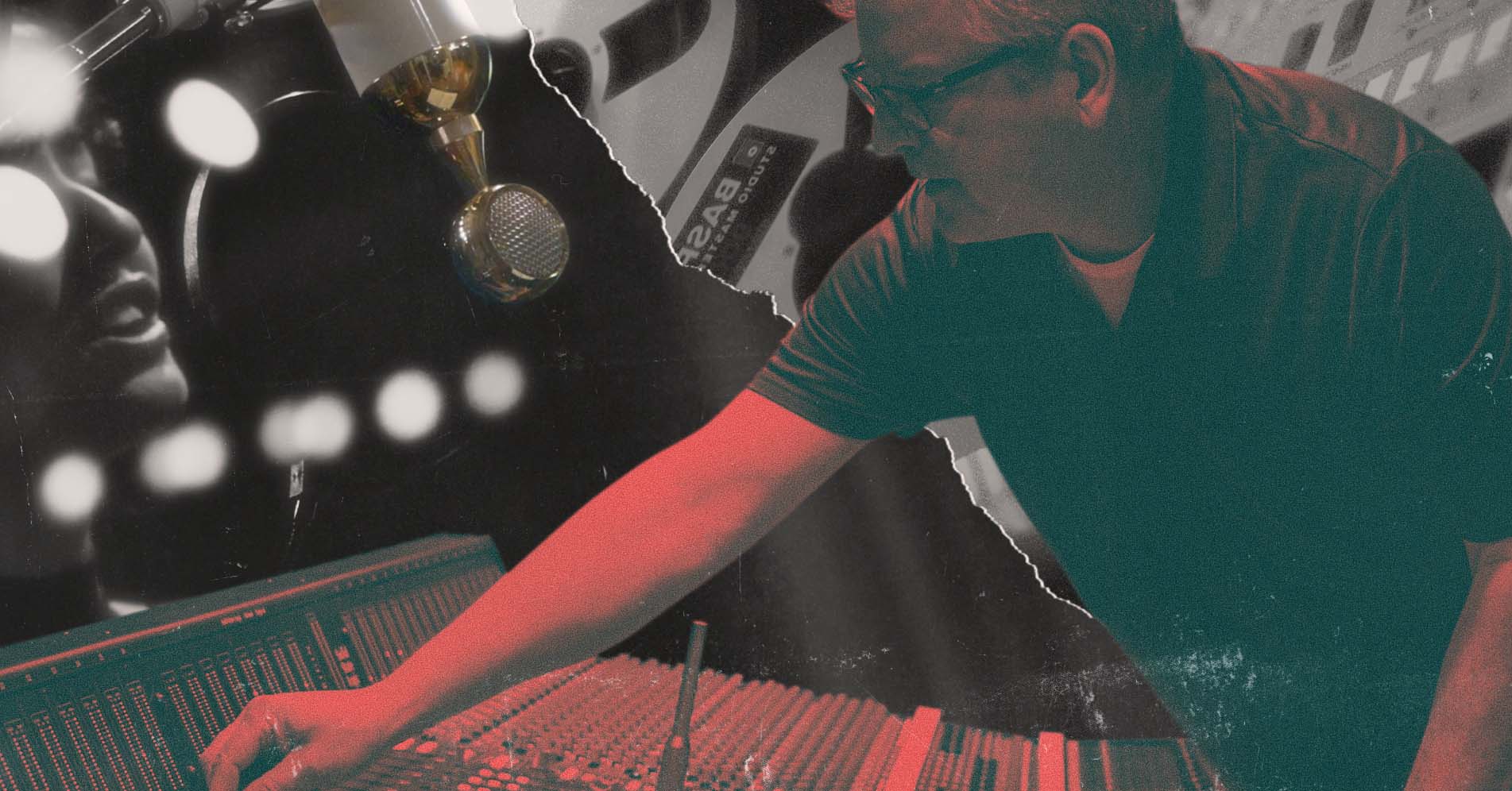When talking about microphones in the recording studio, you can’t help but think of the classics; U47, U67, ELA M 251, C12, etc. These forebearers continue to be mainstays in the recording world and have set the template for most modern mics made today.
But what do all these mics have in common? Aside from hefty price tags, the common factor among this list is that they are all condenser microphones. Sure, there are a lot of different styles of microphones, many of which have had a lasting impact, but there’s just something extra special about condensers.
In this blog, we’ll be going through the history of condenser microphones. We’ll talk about the pivotal figures behind early designs, the creation of classic models, and how Soyuz fits into this legacy of innovation. Let’s go!
First Things First
Before we get too far into the world of condenser microphones, it feels appropriate to acknowledge the creation of the first few mics. The early history can be a little cloudy, but here are the basics.
Alexander Graham Bell patented his original design back in 1876. His second design featured a liquid transmitter. Emile Berliner expanded on Bell’s basic design of a liquid transmitter, receiver, and wire by adding a steel ball that touched a stretched metal diaphragm in 1877.
In 1878, David Edward Hughes created the first carbon microphone, which would revolutionize the telephone industry. This design featured a carbon rod suspended vertically between a few metal electrodes. Hughes is also credited with using the word “microphone” to describe his invention.
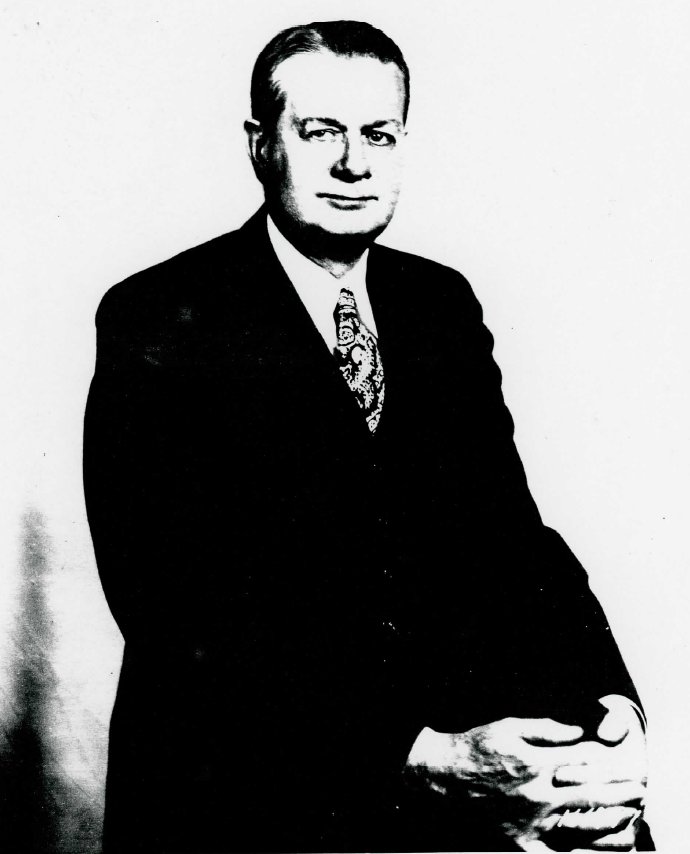
The Creation of Condensers
The history of the microphone continued to be intertwined with the telephone as the popularity of the invention grew. As more and more houses adopted the phone, there was a greater want for better audio transmissions.
In 1916, E.C. Wente created the first condenser microphone while working at Bell Labs. His patent was technically for a “telephone transmitter,” but the design resembles what we now know as a condenser microphone.
How do condenser microphones work? Here’s a quick overview. The mic’s capsule features a thin electrically conductive diaphragm and metal plate. As one talks or sings into the microphone, sound waves cause the diaphragm to move, which creates an electrical signal. This signal isn’t strong enough on its own, so they are boosted by a preamp. Voila! Condenser microphones!
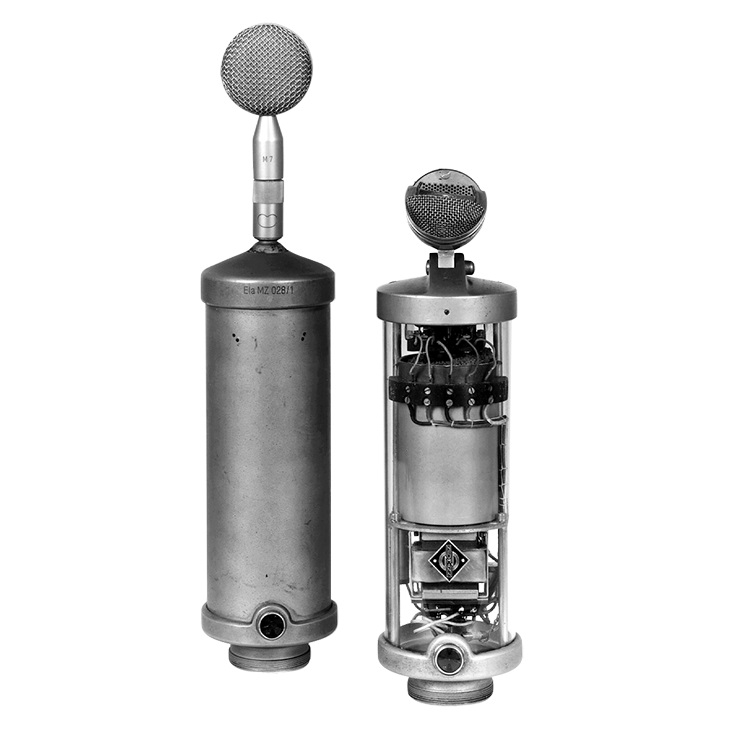
Condenser Microphone Boom
The rise of the modern condenser microphone is linked to George Neumann and the brand that took on his namesake. The first Neumann microphone (CMV3), was released in 1928. This microphone employed a unique bottle style, which still resonates in today’s designs.
Started a few years prior to Neumann, Shure was also working towards creating its own condenser microphone. The brand released the Model 42 in 1932, and followed it up with a trio of microphones released in 1935. The microphones in the 43 Series would follow the more streamlined form of design that was becoming popular.
By the late 1940s, Neumann had released the U47. This now-revered vocal microphone featured a big, warm tube sound provided by the Telefunken VF14 tube and cardioid/omnidirectional M7 capsule. The U47 and U48 became legendary after being used to record everyone from Frank Sinatra to The Beatles.
Telefunken’s tubes and components were critical to the sound of these early mics. There is always a bit of confusion as some vintage pieces are badged Neumann, while others display the Telefunken logo. Aside from supplying parts to Neumann, Telefunken also distributed Neumann products to some parts of the world and these microphones included the Telefunken badge.
Telefunken would be directly responsible for the next landmark Neumann innovation, as the tube maker stopped making the VF14 used for the U47. In response, the brain trust at Neumann began developing the U67. This large diaphragm condenser microphone would feature a new capsule with a two-piece backplate, a beautiful tapered body, and an additional polar pattern, figure 8.
AKG was also making its name around this time by releasing landmark microphones. The C12 debuted in 1953 and was produced for nearly a decade. This slender mic features the highly coveted CK12 capsule (the inspiration for our 023 Bomblet capsule) and introduced remote control over the polar pattern via an external box.
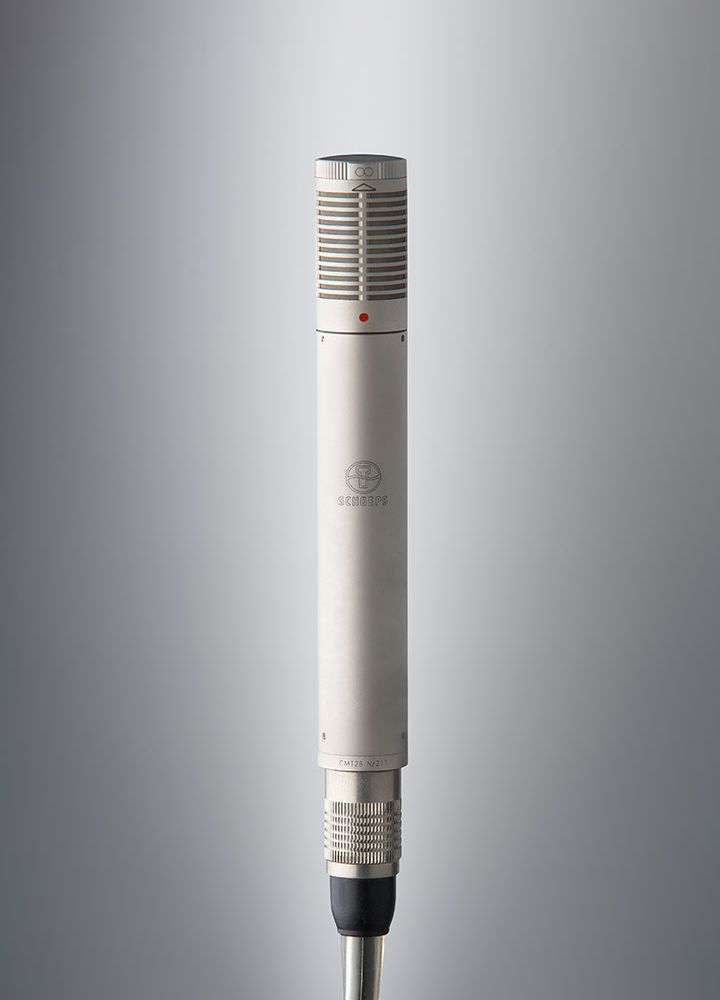
Introducing Phantom Power and FET Technology To Condensers
While the intense debate over tube vs. FET rages on to this day, the story was a bit different in the 1960s. Microphone manufacturers were busy trying to satiate the growing appetite for a new level of fidelity.
Schoeps made its mark by creating the first phantom-powered microphone (CMT 20) in 1964. In a time before FET technology, this was a huge deal. The mic is powered by 8.5 volts and features a transformerless, balanced output stage. The CMT 20’s successor was the CMT 200, which featured a direct-coupled output.
By 1967, Neumann had released its first FET microphone, the U87. The U87 utilized the same body as the U67 but was the first Neumann powered by 48v phantom power. Alternatively, the brand also made the U87i (not to be confused with the modern U87 Ai), which featured a compartment for two batteries. The U87 was a massive success, and the company still makes the microphone today.

Condenser Microphones Of The Modern Era
As the condenser microphone has made its way through the decades, it’s apparent that there are two trains of thought in modern mic design. 1. Incorporate the past with new ideas and technology. 2. Find ways to replicate the sounds of classic condensers for less.
Soyuz Microphones prides itself on being in the first category. We’ve always appreciated the essential German and Russian designs and the techniques used to build them. That’s why we don’t use modern CNC technology when creating our condensers. Our master machinists manufacture each microphone by hand in our facility using only manual lathes and drill presses.
While the condensers of the past have certainly influenced the 017 Series, 013 Series, and 023 Bomblet, we’ve never attempted to clone any specific microphone. We want our microphones to stand on their own sonically, and we believe that we’ve achieved that with each subsequent design.
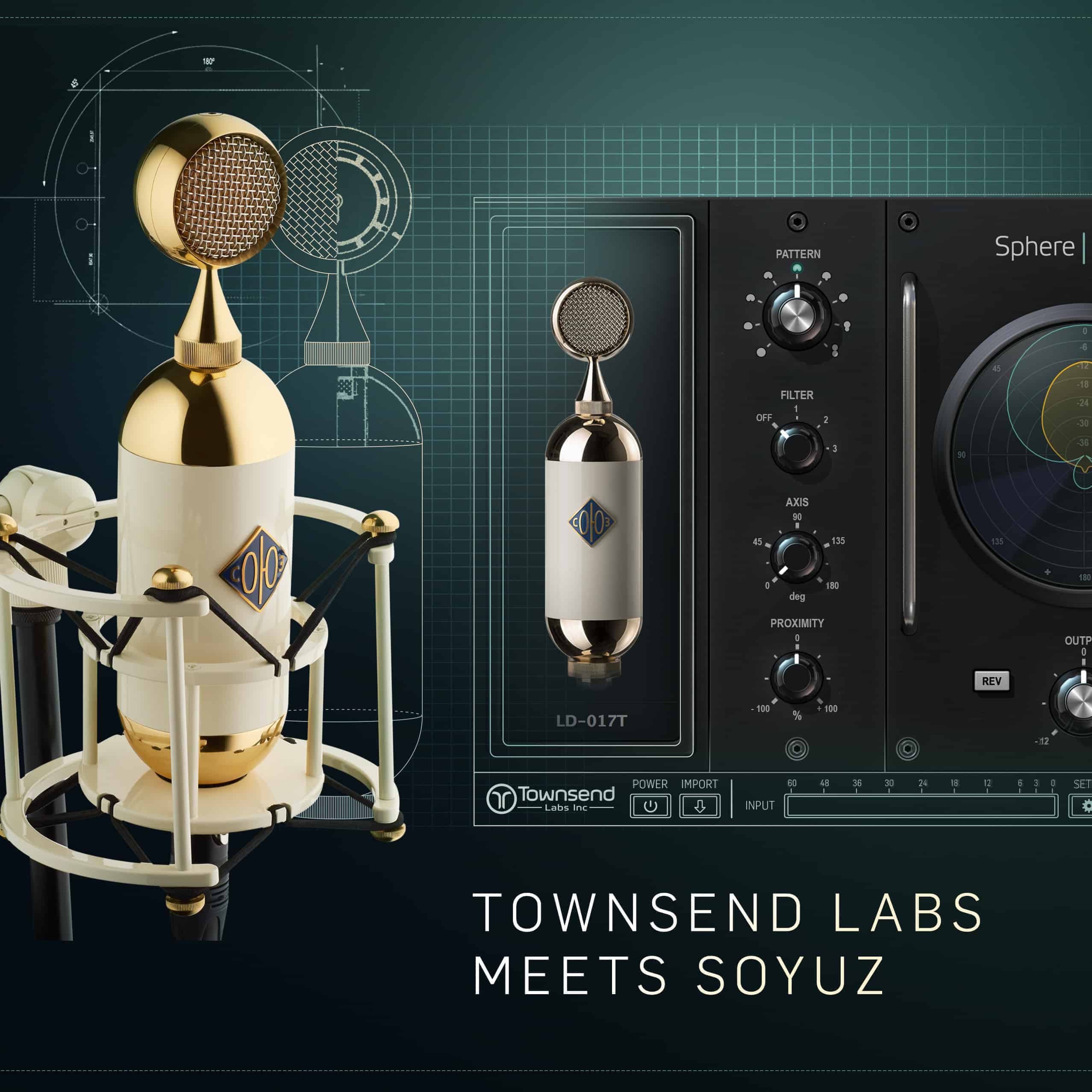
The Impact Of Condenser Microphones
Undoubtedly, the recording world would be very different without condenser microphones. These timeless treasures and modern masterpieces remain the essential building block of tracking vocals, guitars, drums, brass, and more.
What’s in store for the future? We’re not sure, but we’re excited to see how condensers continue to change and play a role in their evolution.
Sources: AES, AKG, Mix (First Condenser, AKG C12), Neumann, Schoeps, Shure, Telefunken Elektroakustik, Vintage King (Neumann U47/U48, Neumann U67), UGA Special Collections Library
Photos: ETHW, Neumann, Schoeps, Townsend Labs

